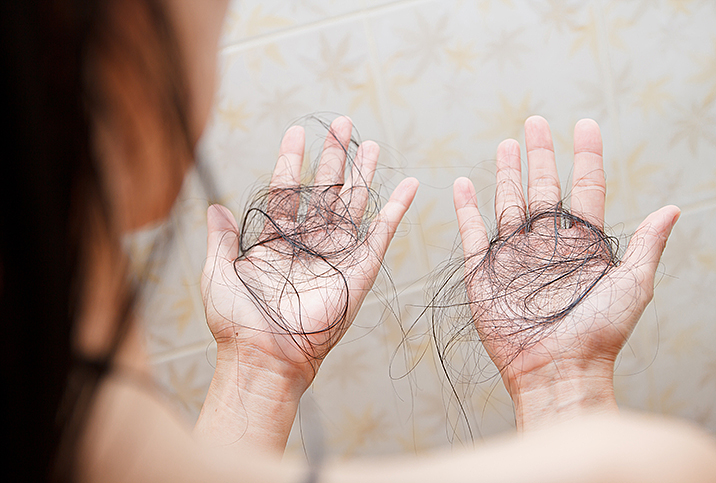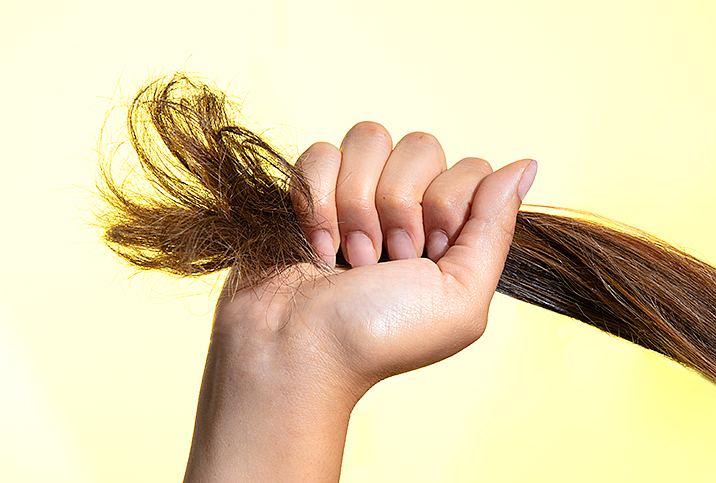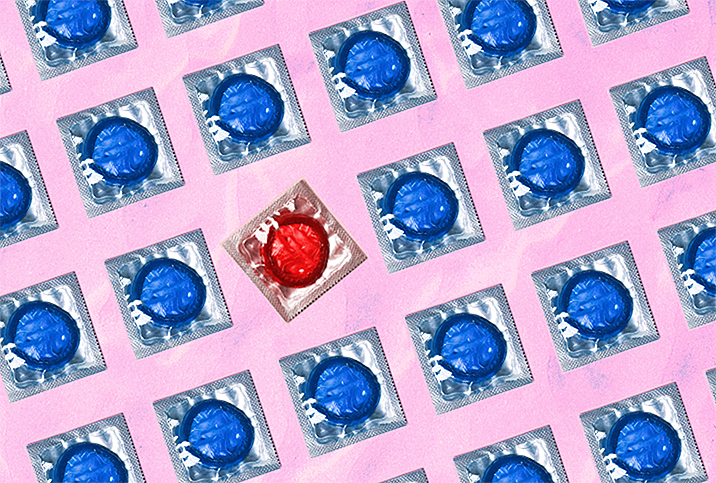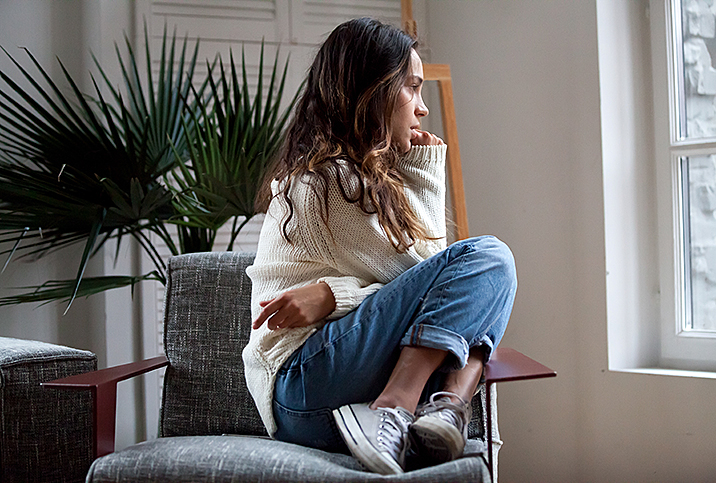How Trichotillomania Affected My Personal and Sexual Life

I was diagnosed with obsessive-compulsive disorder (OCD) around the age of 9. About a year later, I began pulling at the hair on my arms when bored in class. I was unsure why, but the act of pulling gave me temporary relief. I gradually started obsessing with pulling my eyebrows out, and the urge was especially strong when I was sitting in a classroom. I gripped my eyebrow hair between my thumb and a pencil eraser, pulling multiple hairs out at once. After pulling the hairs, I examined them and occasionally chewed on them. The pulling provided temporary relief from anxiety. But oftentimes, I continued this behavior until my fingers were sore and I realized half of the hair in my eyebrows was gone.
When I was a preteen, I was diagnosed with trichotillomania (pronounced trik-oh-till-oh-MAY-nee-uh), also known as trich. Trichotillomania is a body-focused repetitive behavior (BFRB) that gives some people strong urges to pull out their own hair. No hair is sacred: Hair from the scalp, eyelashes, beard, legs, arms and pubic area can all be pulled out.
"The urges to pull the hair are intense, therefore, causing hair loss and distress," explained Krista Reed, a specialist in cognitive behavioral therapy in Wichita, Kansas. Trichotillomania is often found in conjunction with other mental and behavioral conditions, including depression, anxiety disorders, OCD and attention deficit/hyperactivity disorder (ADHD).
Classmates asked me why I had no eyebrows. I told them I shaved them, because, to me, this made more sense than admitting the truth. I was afraid of being judged for having a disorder. Discussions about mental health were virtually nonexistent in the early 2000s.
Trichotillomania is often found in conjunction with other mental and behavioral conditions.
I didn't pull every day. As the years progressed, I sometimes went months without pulling, and my eyebrows grew back. As I got older, I started pulling in different places, like my legs and pubic area. I used sharp, thinly pointed tweezers to grasp hairs from the skin.
When I started plucking in a new area, my skin would be sore and burn. But after doing this repetitive behavior so many times, I literally became numb to the pain. Many, many hours of my life have been spent sitting on my bathroom floor, pulling my leg and pubic hair out with tweezers.
There is no such thing as a pick- or pull-free life for many people with trichotillomania. People with trich cannot stop these pulling behaviors or urges from happening. Instead, folks with trich develop flexibility around how to respond when the urges arise and how to find ways to cope.
I can't stop pulling out my hair
Pulling these hairs out can create small sores and open wounds in the skin. My pubic area and legs became red and full of ingrown hairs and scabs. In the summer, I was self-conscious about wearing bikini bottoms because the skin on my crotch was so red and scarred. I used makeup to try to cover up the spots on my legs. The trich also caused other medical problems, including MRSA, a staph infection that's difficult to treat because of resistance to some antibiotics. I have had MRSA infections on my pubic area and legs multiple times over the years due to the open sores from pulling.
As an adult, my sex life was ultimately impacted by trich. For many years, I could not enjoy sex because I was more worried about getting sweat on my face that would wipe off my drawn-on eyebrows. I worried that my sexual partner would notice the sores on my pubic area from pulling and assume it was a sexually transmitted infection (STI). I worried that my partner would rub my legs and notice all the scabs, sores and scars. I felt self-conscious about men going down on me, afraid of them getting a close-up look at the scars on my pubic area.
"I have certainly had clients share with me about their trich impacting their confidence and engagement across a variety of important life domains, including intimacy and sex," explained Lisa Conway, a licensed clinical psychologist in Chicago who is board-certified in behavioral and cognitive psychology.
"There are so many things that people with trich may think about before doing activities that others would not think twice about, given a desire to not have their pulling/wounds revealed, [such as] hair/esthetician/massage services, swimming and other exercise, being outside on windy days," Conway continued. "A large part of my work is helping clients identify the things that trich has taken from them, and finding ways that we can identify alternative ways to cope when pulling urges arise in order to help them be more deeply involved in the life they desire for themselves."
Taking to my partners about my hair-pulling disorder
There are evidence-based approaches to help people with BFRB, as well as a strong community of professionals, other people with BFRB and their loved ones for support.
"I personally specialize in the Comprehensive Behavioral Model [ComB] and Acceptance and Commitment Therapy [ACT]," Conway explained. "Habit Reversal Training is another popular approach that is in line with ComB.
"A BFRB specialist is so valuable when working on BFRBs, as it's not just as simple as stopping it or finding the right fidget," Conway continued. "Instead, it's about doing a functional analysis to identify what is driving the BFRB and then helping to identify alternative ways to address those needs and urges, [such as] sensory stimulation, emotional regulation, old thoughts that facilitate the picking/pulling, and fostering confidence in ongoing flexibility to use and modify this plan throughout one's life."
Over the years, I have used many tools to cope with my trich, since I will likely be dealing with this condition for a very long time. When I was in school, I put Band-Aids on my fingers to stop the pulling. I regularly meet with a psychiatrist and receive medication to help cope with my anxiety. Since my eyebrows have almost completely stopped growing back, I had them microbladed to increase my confidence.
Over the years, I learned the importance of discussing my trich with people close to me, including my sexual partners. Being open and removing the stigma has helped me to be more confident in bed. Most of the time, my partners have not noticed my sores and scars, giving me a form of relief and freedom.


















